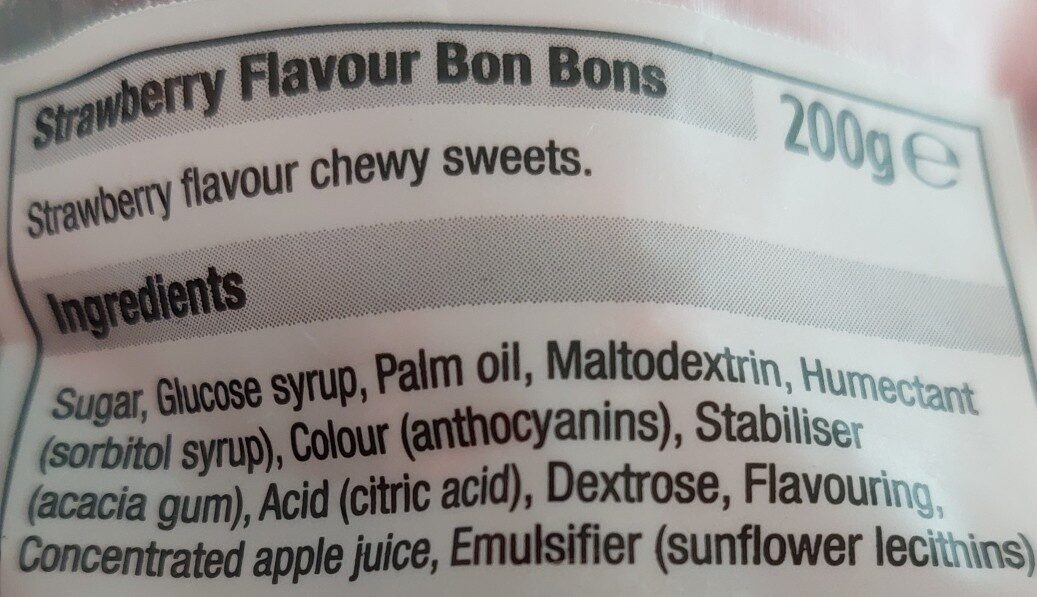Strawberry bon bons - Morrisons
Aquesta pàgina del producte no està completa. Podeu ajudar a completar-la editant-la i afegint-hi més dades a partir de les fotos ja disponibles, o fent-ne més amb l'aplicació de androide o iPhone / iPad. Gràcies!
×
Codi de barres: 5010251714255 (EAN / EAN-13)
Marques: Morrisons
Països on es va vendre: Espanya
Matching with your preferences
Entorn
Empaquetament
Transport
Espècies amenaçades
Report a problem
Fonts de dades
Producte afegit per kiliweb
Última modificació de la pàgina del producte per inf.
La pàgina del producte, també editada per teolemon, yuka.YVo0U0hma2Jxc01UaGNBdTVoUFYxTmRGLzUycWVES1BHZXNSSWc9PQ.
Si les dades són incorrectes o incompletes, pot completar o corregir editant aquesta pàgina.




